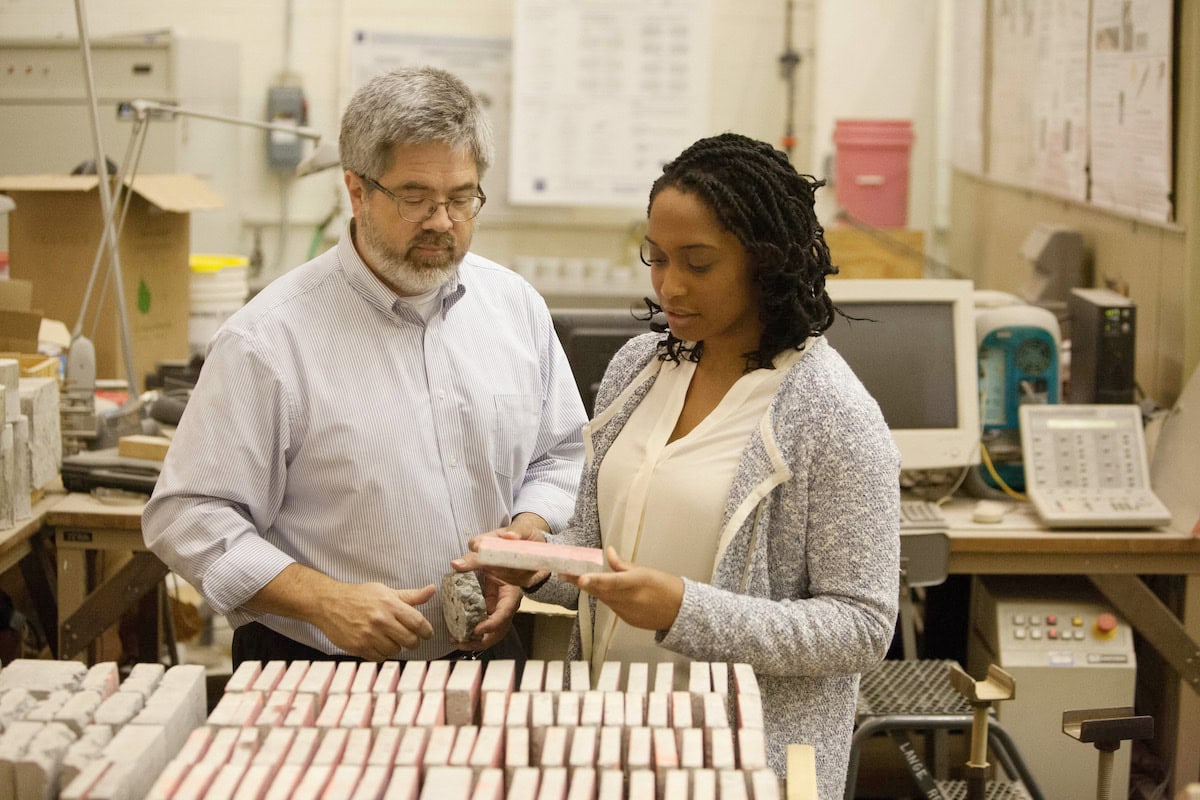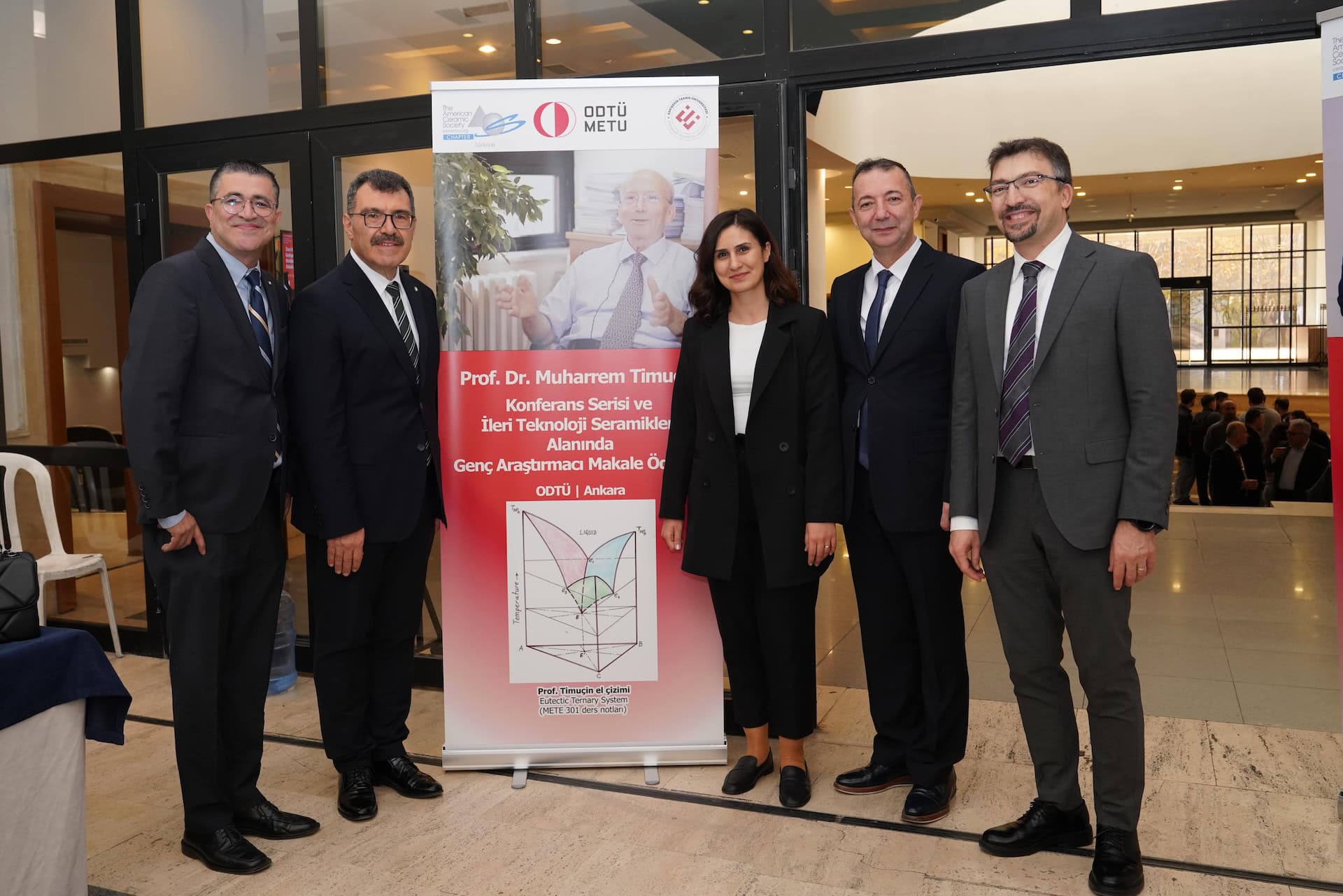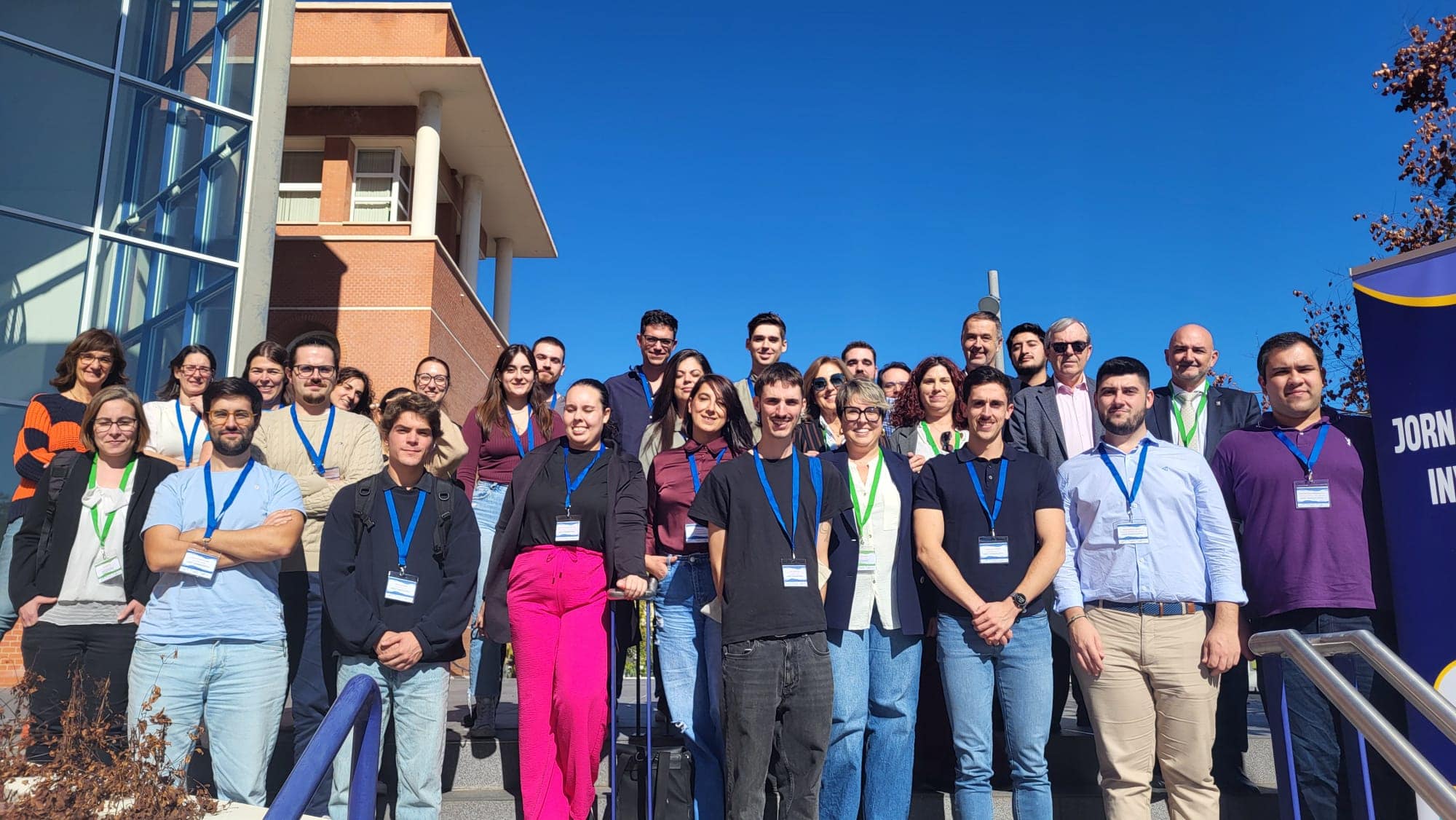
[Image above] Credit: David Lange
Joining a global professional society can be somewhat overwhelming for students or recent graduates. When you join The American Ceramic Society (ACerS) for the first time, how do you connect with members in your particular field of study from 11,000 professionals from around the world?
ACerS offers 11 targeted communities, or Divisions, for members to network with other members who share a technical discipline of traditional and advanced ceramics and glass.
David Lange, an ACerS Fellow and Della Roy Lecture Award recipient, has been involved with ACerS and its Cements Division since he joined in the early 1990s while he was a Ph.D. student. “One of my two advisors, Hamlin Jennings, who was active in the Cements Division, was very influential on my outlook in the field,” Lange recalls.
Lange is professor of civil and environmental engineering at the University of Illinois at Urbana-Champaign. He holds a Ph.D. in civil engineering from Northwestern University. Prior to that he had previously earned his bachelor’s degree in civil engineering from Valparaiso University and an MBA from Wichita State University.
Lange studied concrete materials while working on his Ph.D. and has always worked in the civil engineering department where he currently teaches. He was a member of the Center for Advanced Cement Based Materials (ACBM) and eventually became involved with the Cements Division when he joined ACerS.
“It was a nice opportunity to step into leadership roles of the Division,” he says. “It wasn’t too big of a division, and it needed everyone to pitch in,” he adds, referring to volunteer roles such as program organizer, program chair, division officer, poster judge, and more. Lange eventually served in all of those volunteer positions and became a mentor to the up-and-coming younger generations of students.
“All through the ‘90s, ACerS Cements Division grew and thrived; and became recognized as one of the best conferences in the world for highlighting basic science in cement,” Lange explains. “People were willing to contribute their time and service. Some of our most exciting work was accomplished by young professionals stepping into leadership positions in the Cements Division.”
Lange recalls that sometime around 2010 the Division began organizing its own summer meetings and hosting them on various college campuses. “The Cements Division meeting became a nice experience for the grad students,” he says. “And our division has contributed big ideas to the materials science community at large.” He believes these meetings contributed to the increase in membership over the years. (Cements Division membership has increased by 23% over the past five years.)
Lange feels he has greatly benefitted from his Division membership over the years. “I especially enjoyed my early years when the leading senior people of the field were present at meetings—Hal Taylor, Sid Diamond, Fred Glasser, and Eric Sellevold, among others. I got to know them socially and personally,” he recalls, “and you learn how they do their research.
“I always felt confident in recommending our Cements Division meetings to other researchers in the field,” Lange continues. “It’s the best single meeting for presenting hot-off-the-press ideas.” The summer format makes it affordable, he adds, and people are more able to attend—especially grad students, who comprise a majority of the presenters. “We always have a vibrant poster session, with 40–50 posters. The Cements Division is really easy to become involved in.”
What advice would he give to prospective ACerS members?
“If you have a commitment to your technical discipline, you owe it to yourself to become involved in a professional community,” he says. “And ACerS is a key society to get involved in for researchers in cement and concrete materials.”
“Everybody looks back fondly on their career and can count their professional colleagues among their friends.”
To learn more about joining and becoming involved in ACerS Divisions, visit this link.
Author
Faye Oney
Spotlight Categories
- Member Highlights
Divisions
- Cements


